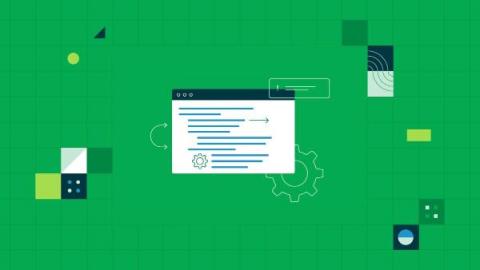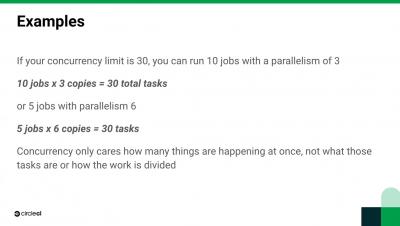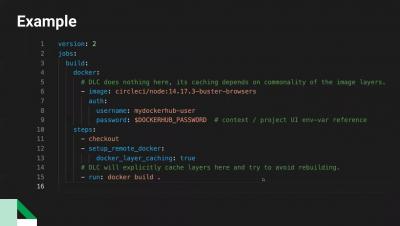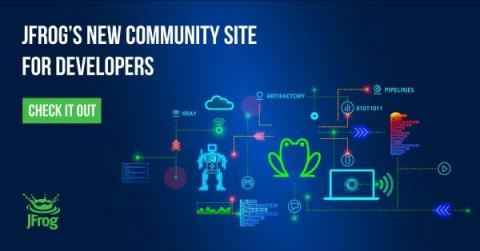CircleCI now offers the most generous free plan anywhere
TL;DR: Our free plan is newly re-launched, giving teams access to more build minutes, larger resource classes, and our most popular features formerly only available on paid plans. Visit our sign up page to get started today. Our mission has always been to help teams deliver software faster and better, and today marks a huge milestone for development teams everywhere: we are proud to now offer the most feature-rich and most generous free tier for CI/CD on the market.











